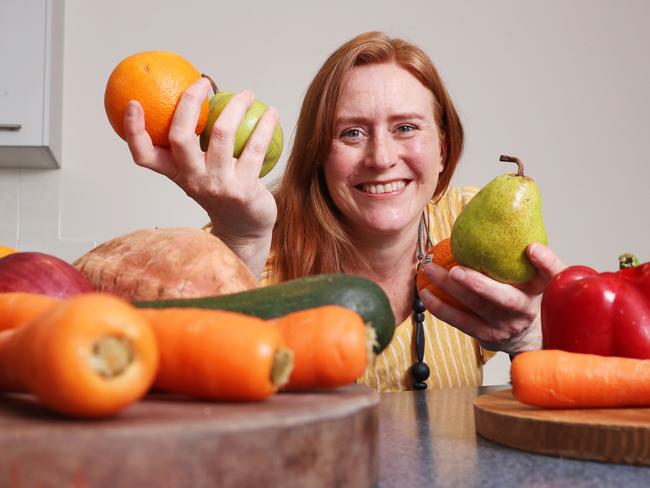While some measures – such as a decline in smoking rates – improved, many recorded little or no progress
The Australian Institute of Health and Welfare has found several measures of our population’s health have declined in recent years, putting us on track to miss crucial 2030 targets.

News
Don't miss out on the headlines from News. Followed categories will be added to My News.
Australians are eating less fruit and skipping vaccinations, while obesity levels remain high and illicit drug use is more popular, a new report says.
The Australian Institute of Health and Welfare has found several measures of our population’s health have declined in recent years, putting us on track to miss crucial 2030 targets unless we can reverse the trend.
The targets were set as part of a national 10-year preventive health strategy in 2021.

But the AIHW found that while some measures – such as a decline in smoking rates – improved, many recorded little or no progress.
Other issues have worsened, putting us even further away from the 2030 targets than we were when they were set.
Childhood immunisation rates have fallen, with the percentage of one-year-olds who have not been fully vaccinated rising from 5.4 per cent in 2021 to 7.2 per cent in June 2024.
Other age groups also saw a rise in non-vaccinated between 2021 and 2024, from 7.4 to 8.4 per cent among two-year-olds and 5 to 6.1 per cent of five-year-olds.

Recent illicit drug use increased among people aged 14 and over, rising from 16.4 per cent in 2019 to 17.9 per cent in 2022-2023.
Public health spending is supposed to account for 5 per cent of total health expenditure by 2030, but there has been little change so far and – excluding Covid – it rose from 2 per cent in the 2018-19 financial year to 2.3 per cent for 2022-23.
The AIHW report, which analysed the latest available data for each measure, also noted daily average fruit consumption fell – across every single age group – between 2017-18 and 2022.
Adults now typically eat 1.5 serves of fruit a day. The recommended intake is two.

But measures of physical activity and tobacco smoking have improved.
Daily smoking fell from 13.8 per cent of adults in 2017-18 to 10.6 per cent in 2022, placing the target — of below 10 per cent by 2030 — in reach.
The number of Australians aged over 15 who reported they never did physical activity also dropped to 12 per cent in 2022, from 14.3 per cent in 2017-18.
But despite that, obesity levels have remained stagnant at between 31 and 32 per cent of the population.
Another AIHW report, also set to be released on Thursday, shows that in 2024, being overweight – including obese – overtook tobacco as the leading cause of disease and injury burden for the first time.
That report found a staggering one-third of all disease and injury burden in Australia this year could have been prevented or reduced, with excess weight (including obesity) linked to 8.3 per cent of the total disease burden.
And, while Australians are living longer, the number of years we live in poor health has also grown.
AIHW spokeswoman Dr Vanessa Prescott said the new monitoring offered a “midpoint assessment of how Australia is tracking” against multiple targets, from alcohol intake to healthy eating.
“Prevention is vital to improving the health and welfare of all Australians,” she said.
“Continued monitoring of the targets is important so we can track improvements … as well as drawing attention to areas of stabilisation or regression.”
Originally published as While some measures – such as a decline in smoking rates – improved, many recorded little or no progress


